Disclosure: This article contains affiliate links. We may earn a commission from purchases at no extra cost to you, which helps our travel content.
The true essence of Hong Kong reveals itself in layers—much like the city itself, which unfolds vertically rather than horizontally. After numerous visits spanning two decades, I've developed an intimate relationship with this remarkable metropolis that defies simple categorization. La città che respira verso l'alto—the city that breathes upward—as my mother would poetically describe it. Having explored Hong Kong through multiple lenses—as a translator working on a documentary about cricket facilities in Kowloon, as a mother showing my daughter the fermentation traditions that bridge Korean and Cantonese culinary practices, and simply as a curious wanderer—I've compiled this guide for those seeking to experience Hong Kong beyond the glossy tourist façade. This spring, I returned for a week of budget-conscious urban exploration, armed with comfortable shoes and an insatiable curiosity for the spaces between the obvious.
Navigating the Mid-Levels: Hong Kong's Vertical Playground
The Mid-Levels Escalator system isn't just a transportation method—it's a philosophical approach to urban exploration. This 800-meter moving stairway to urban heaven offers a perfect introduction to Hong Kong's vertical nature, but most tourists simply ride it once and check it off their list. Instead, I recommend dedicating an entire morning to what I call the 'Mid-Levels Meander.'
Start at the bottom in Central around 10:00 AM (after the morning downward commute ends and the escalators reverse direction), equipped with a detailed street map—digital maps often miss the intricate pedestrian connections. The true adventure lies in the countless exits and entrances along the system. Each level reveals a different socioeconomic and cultural layer of Hong Kong society.
On my recent visit, I discovered a tiny ancestral shrine tucked between a modern coffee shop and a designer boutique near Cochrane Street. The juxtaposition was quintessentially Hong Kong—ancient traditions breathing alongside contemporary commerce. Further up near Caine Road, I stumbled upon an artisanal teahouse where the owner, Mr. Leung, still practices traditional gongfu brewing techniques. When I mentioned my interest in tea ceremonies (explaining how they compare to Korean traditions I've documented for my daughter), he invited me to a private tasting of rare Phoenix oolong.
For this exploration, comfortable shoes are absolutely essential. My walking sandals proved perfect for the humid spring conditions while providing enough support for hours of urban hiking. I also recommend carrying a lightweight packable daypack that can expand to hold market purchases or contract when not needed.

💡 Pro Tips
- Start your Mid-Levels exploration after 10:00 AM when the escalators switch to upward direction
- Look for small alleys and pedestrian passages that branch off from the main escalator system—these often lead to the most interesting discoveries
- Bring a refillable water bottle as Hong Kong can be surprisingly humid in spring
Sham Shui Po: A Sensory Immersion in Local Life
While Mong Kok's markets draw tourist crowds, neighboring Sham Shui Po offers a more authentic immersion into local Hong Kong. This working-class district in Kowloon represents what my Italian mother would call 'il cuore pulsante'—the beating heart—of everyday Hong Kong life. The area's lack of polish is precisely its charm.
Appliance Street (Apliu Street) transforms into a fascinating electronics flea market where vendors sell everything from vintage radio parts to the latest smartphone accessories. As someone who grew up translating technical documents, I find endless fascination in the specialized vocabulary that develops around these micro-economies. Nearby, Ki Lung Street hosts a fabric market where textile vendors create a kaleidoscope of colors and textures—a sensory experience that my cricket-loving daughter would describe as 'more exciting than a championship match.'
The real treasure of Sham Shui Po, however, is its food landscape. Skip the restaurants with English menus and follow the locals instead. On my recent visit, I discovered Lau Sum Kee on Fuk Wing Street, a third-generation noodle shop where the owner still makes bamboo-pressed noodles using traditional methods. The lo mein with dried shrimp roe represents Hong Kong's culinary heritage in a single bowl.
For those interested in fermentation (one of my documented passions), the tiny shops selling preserved vegetables, fermented tofu, and homemade condiments provide a fascinating window into Cantonese preservation techniques. I spent an enlightening hour conversing with an elderly shop owner about the similarities between Korean jeotgal and Cantonese haam yu (salted fish)—a conversation that bridged cultures despite our limited shared vocabulary.
To capture these fleeting moments, I rely on my compact camera, which delivers professional-quality images without drawing attention or requiring me to carry bulky equipment through crowded markets.
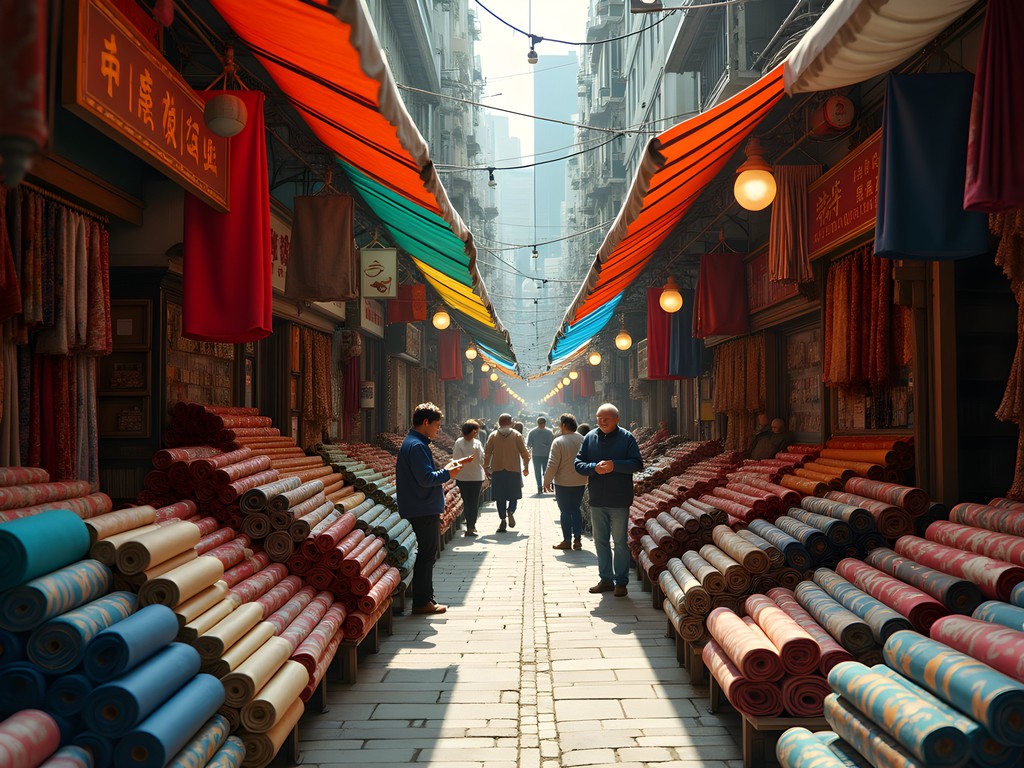
💡 Pro Tips
- Visit Sham Shui Po on weekday mornings to avoid the largest crowds
- Bring small denominations of Hong Kong dollars for market purchases
- Learn a few basic Cantonese phrases—even simple greetings will transform your experience with vendors
Hidden Teahouses: Hong Kong's Quiet Corners
Hong Kong's frenetic energy makes its quiet spaces all the more precious. The city's hidden teahouses offer perfect sanctuaries for reflection and cultural immersion—combining my lifelong passions for tea culture and linguistic exploration.
Lock Cha Tea House in Hong Kong Park represents the most accessible entry point to traditional tea culture. Housed in a colonial-era building surrounded by bamboo, it offers over 100 varieties of Chinese tea served in the traditional gongfu style. What fascinates me as a translator is how the vocabulary of tea tasting varies across languages—the Cantonese descriptions of tea characteristics often employ metaphors that differ dramatically from those used in Korean or Japanese tea ceremonies.
For a more local experience, seek out Lung Fu Shan Teahouse near Hong Kong University. Hidden on a hillside and primarily frequented by professors and students, this humble establishment offers spectacular views alongside excellent Phoenix oolong and Pu'erh teas. During my spring visit, I spent a rainy afternoon here watching mist envelop the mountainside while chatting with the proprietor about how different generations in Hong Kong relate to traditional tea culture.
The most remarkable discovery of my recent trip was Song Tea House in Tai Hang—a neighborhood rarely visited by tourists. This minimalist space, run by a young Hong Kong couple who studied tea cultivation in Taiwan, represents the evolution of tea culture for a new generation. They practice what they call 'cross-cultural brewing,' applying Japanese and Taiwanese techniques to Chinese teas. Their cold-brewed oolong was a revelation that reminded me of similar innovations I've documented in Seoul's contemporary tea scene.
When visiting these teahouses, I always bring my travel tea journal to record tasting notes, brewing techniques, and conversations with tea masters. These entries have become invaluable references as I document traditional practices for my daughter.
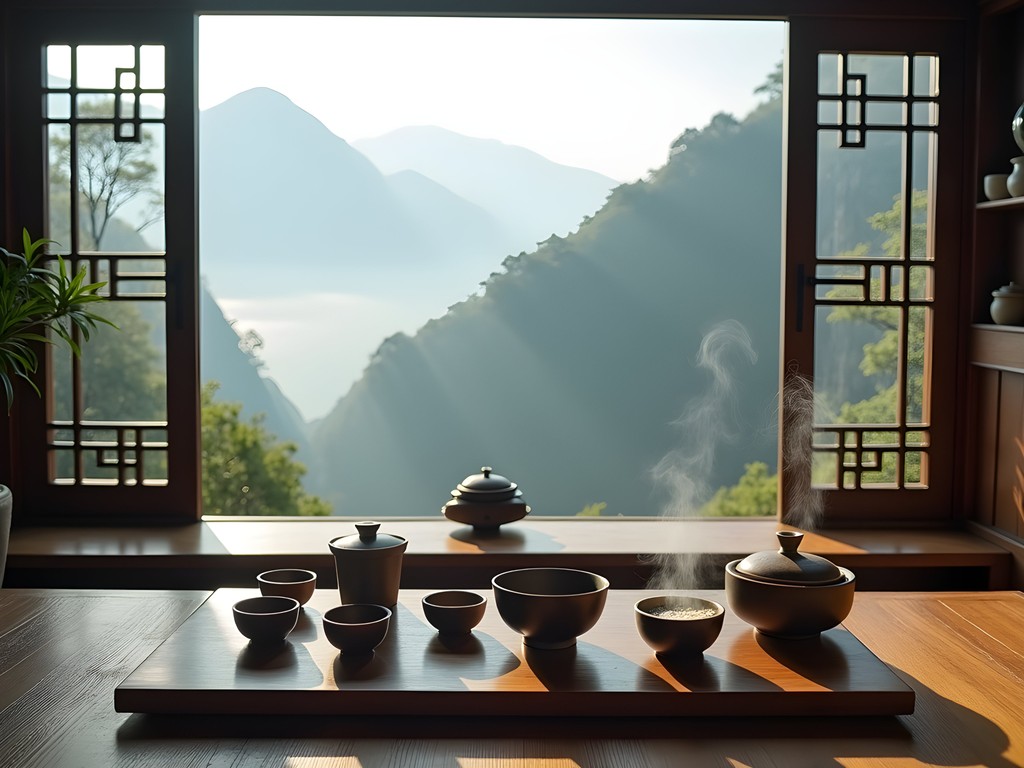
💡 Pro Tips
- Make reservations for Lock Cha on weekends as it gets crowded with dim sum seekers
- Most serious teahouses offer multiple infusions from the same leaves—don't rush the experience
- Ask proprietors about their personal favorites rather than ordering the most expensive tea on the menu
Urban Hiking: The Forgotten Paths of Hong Kong Island
Few visitors realize that nearly 70% of Hong Kong's territory consists of undeveloped mountains and country parks. The dramatic juxtaposition of dense urban development against wild terrain creates hiking opportunities unlike anywhere else in the world. While the popular Dragon's Back trail draws crowds, I prefer routes that weave between urban and natural environments.
The Morning Trail from the Mid-Levels to Victoria Peak offers a perfect example of this urban-nature interface. Starting near Hong Kong University, this steep path winds through bamboo groves and fern forests while providing intermittent glimpses of skyscrapers and harbor views. What makes this trail special is how quickly you can transition from urban density to natural serenity—a metaphor for Hong Kong's complex identity.
"La natura e la città danzano insieme qui," as my mother would say—nature and city dance together here.
For a more challenging experience, the Wilson Trail Section 1 from Wong Nai Chung Reservoir to Stanley provides a half-day adventure across the island. The path traverses several microclimates and offers spectacular views of both the north and south sides of Hong Kong Island. During my spring visit, I encountered vibrant butterflies and blooming bauhinia flowers along the route.
My most memorable discovery was the Pinewood Battery Heritage Trail—a short but fascinating hike through the remains of WWII defensive positions now reclaimed by jungle vegetation. The abandoned gun emplacements and bunkers create a haunting atmosphere, especially in the misty spring weather. As someone fascinated by linguistic landscapes, I found the multilingual historical markers particularly interesting, showing how different regimes have interpreted this contested space.
For these urban hikes, especially in spring when sudden rain showers are common, I rely on my waterproof hiking shoes and a lightweight rain jacket that packs small enough to fit in my day bag.
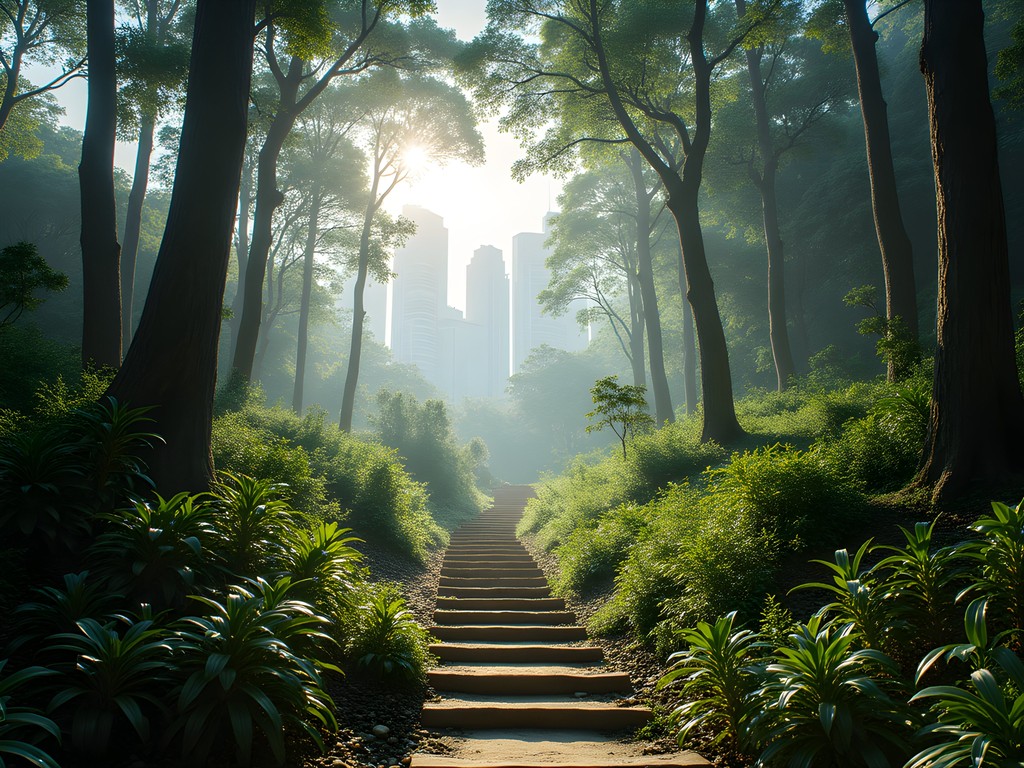
💡 Pro Tips
- Start urban hikes early in the morning to avoid both heat and crowds
- Download offline maps as cellular service can be spotty on hillsides
- Carry more water than you think you'll need—Hong Kong's humidity makes hiking more demanding than the distances suggest
Vertical Villages: Exploring Hong Kong's Iconic Housing Estates
Hong Kong's public housing estates represent architectural marvels that have shaped the city's identity and social fabric. While tourists flock to the colorful Choi Hung Estate for Instagram photos, I prefer exploring these 'vertical villages' with a deeper cultural understanding.
Lei Cheng Uk Estate in Sham Shui Po offers a fascinating glimpse into Hong Kong's post-war housing development. Built in the 1980s, its design reflects the evolution of public housing from utilitarian shelters to planned communities. The central courtyard buzzes with activity in early evenings—elderly residents practice tai chi while children play badminton and mothers chat on benches. During my recent visit, I spent two hours simply observing this vertical community in action.
More historically significant is Mei Ho House in Shek Kip Mei, the only remaining building from Hong Kong's first public housing estate built after a devastating fire in 1953. Now converted into a youth hostel and museum, it documents how Hong Kong's housing policies shaped its social development. The museum's oral histories from original residents provide moving testimonies to the city's resilience and pragmatism.
Perhaps the most architecturally striking is Ping Shek Estate in Kwun Tong, whose cruciform-shaped buildings create dramatic concrete canyons. Visiting in the late afternoon when residents return home reveals how these spaces transform from sterile concrete structures to vibrant communities. The ground-floor markets and food stalls serve as communal living rooms where domestic workers from the Philippines and Indonesia gather on their day off, creating a fascinating multilingual environment.
As a translator fascinated by linguistic landscapes, I'm drawn to the handwritten notices and community bulletins that cover the walls of these estates—each representing a microhistory of community concerns and celebrations. These unofficial texts often reveal more about daily life than any official document could.
For documenting these architectural spaces and community interactions, I use my smartphone with a clip-on wide angle lens that captures the impressive scale of these structures while remaining unobtrusive.
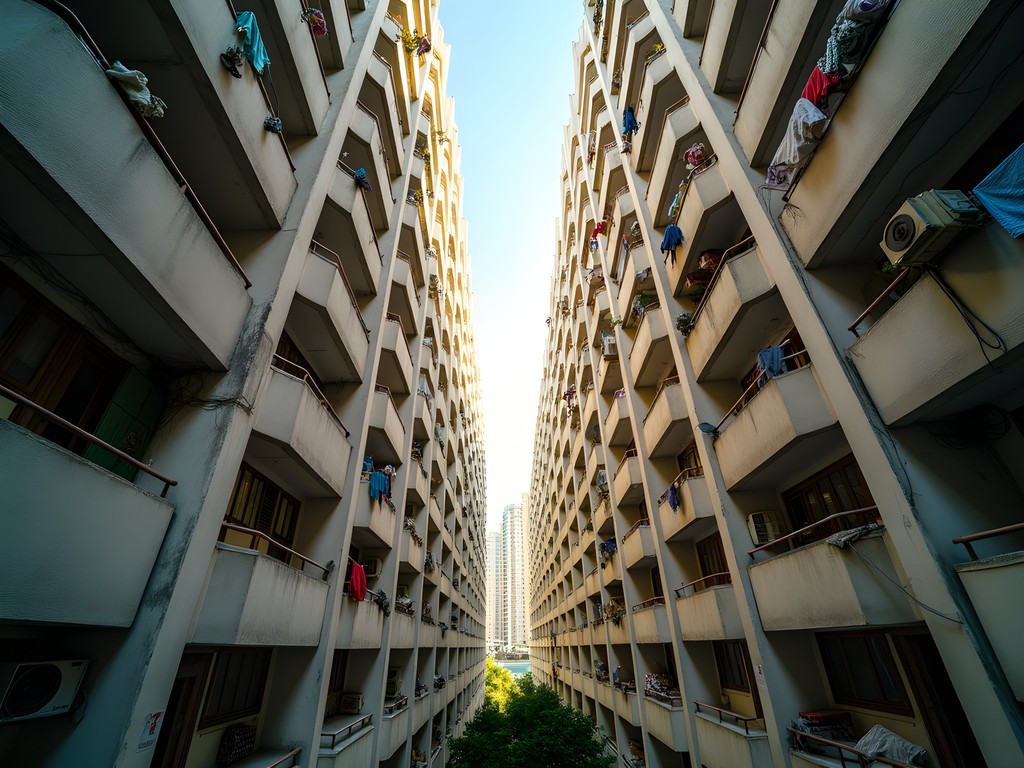
💡 Pro Tips
- Visit housing estates during early evening (5-7pm) when community activities are most vibrant
- Be respectful when photographing—remember these are people's homes, not tourist attractions
- Look for small businesses operating from ground floor units—they often offer authentic local snacks and services
Final Thoughts
Hong Kong reveals itself most generously to those willing to explore vertically as well as horizontally, to those who understand that its true character exists in the spaces between tourist attractions. After a week of budget-conscious urban exploration, I left with a deeper appreciation for how this city balances contradictions—tradition and innovation, density and spaciousness, chaos and order. As I explained to my daughter via video call from my guesthouse in Yau Ma Tei, Hong Kong teaches us that cultures never exist in isolation but in constant conversation with each other. Whether you're sipping Phoenix oolong in a hidden teahouse, hiking urban-adjacent trails, or observing daily life in a vertical village, the city rewards curious travelers who approach it with respect and openness. Viaggiare è tradurre—to travel is to translate—and Hong Kong offers endless opportunities for this most meaningful form of cultural exchange.
✨ Key Takeaways
- Explore Hong Kong vertically using the Mid-Levels escalator system as a starting point for neighborhood discovery
- Seek out quiet spaces like traditional teahouses to balance the city's intensity
- Don't overlook 'ordinary' places like public housing estates and local markets for authentic cultural insights
📋 Practical Information
Best Time to Visit
March-May (spring) or October-December (autumn)
Budget Estimate
$50-100 USD per day excluding accommodation
Recommended Duration
5-7 days
Difficulty Level
Moderate

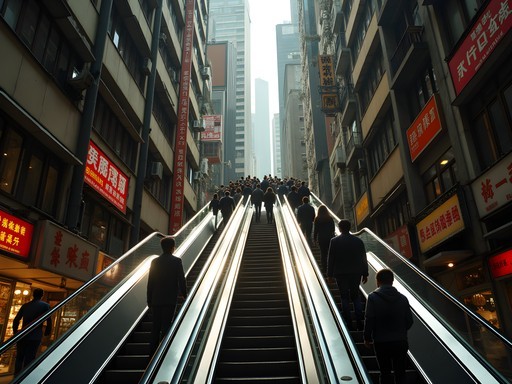
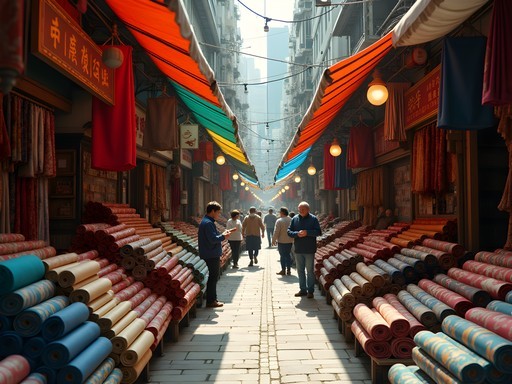

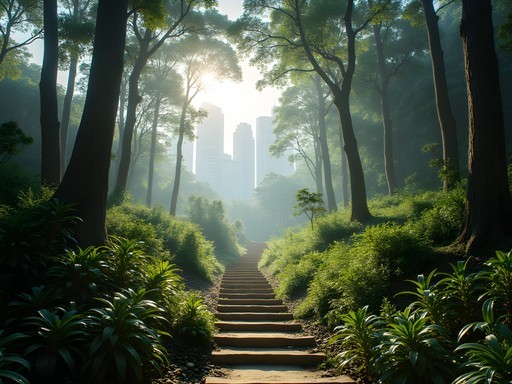
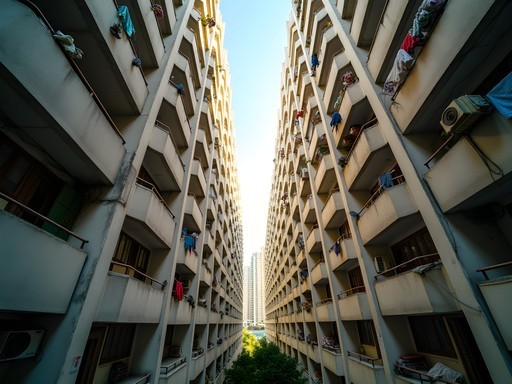


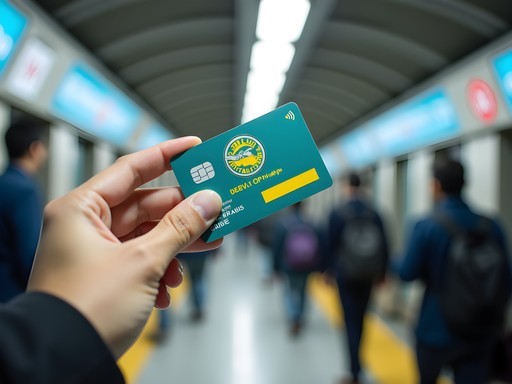
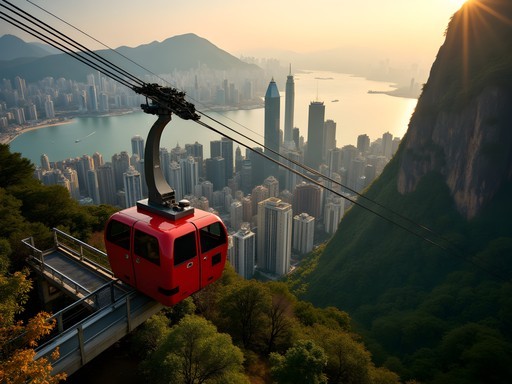
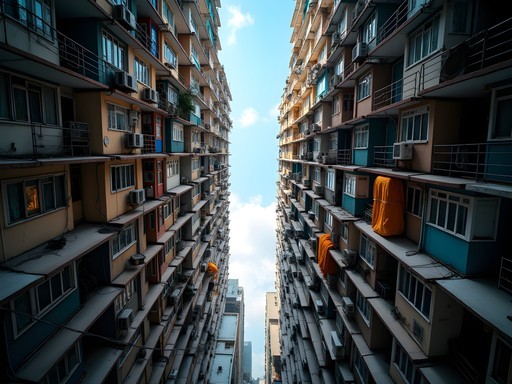
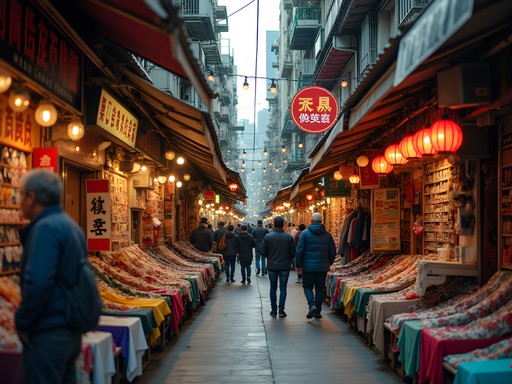
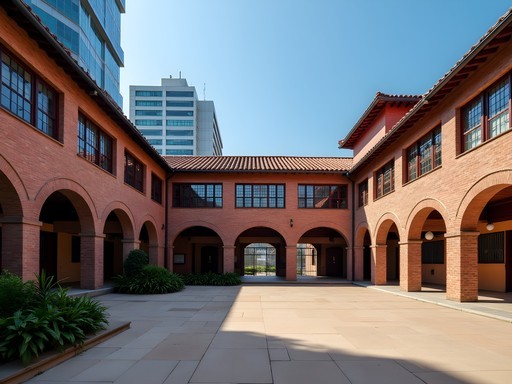
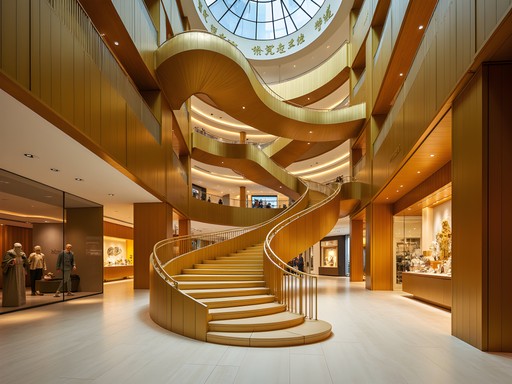
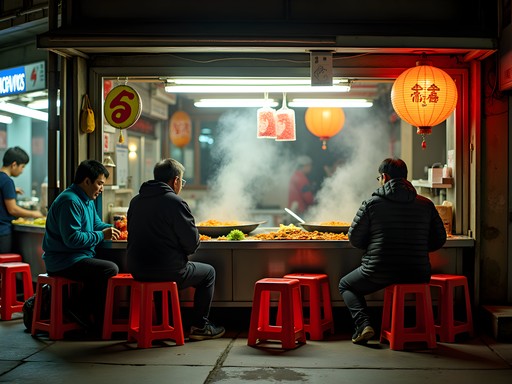

Comments
dreamlegend
Spent 3 days in Sham Shui Po based on recommendations like this and it was the highlight of my trip! Found an amazing electronics market where I picked up some camera gear for half the price I'd pay at home. The Golden Computer Arcade is insane if you're into tech. Also, the street food around Pei Ho Street was incredible - try the curry fish balls from the street vendors! One tip: bring cash as many small places don't take cards.
Hunter Thompson
This is EXACTLY the content I'm here for! Brooklyn, your vertical perspective on Hong Kong is brilliant. I backpacked through there last summer and discovered that the Octopus Card is absolutely essential for navigating all those layers of the city. I'd add Tai O fishing village on Lantau Island to your list of off-the-beaten-path gems - it's like stepping back in time with houses on stilts over the water. For anyone planning to do the urban hiking routes, I found my hiking shoes perfect for the terrain - especially during the unpredictable spring weather. The contrast between those ancient trails and the ultramodern skyline is mind-blowing!
beachninja
How safe is it to explore these off-the-beaten-path areas, especially for solo female travelers? And how's the public transportation to places like Sham Shui Po?
dreamlegend
Not the author but I went solo to HK last year. Super safe everywhere, even at night! MTR (subway) is amazing - clean, cheap and goes everywhere including Sham Shui Po (direct stop). Just download the MTR app and you're good to go.
beachninja
Thanks for the info! Downloading the app now.
beachzone
Just got back from HK and used this guide - the vertical perspective totally changed how I explored! Those mid-level escalators are a game changer.
freeace
Just got back from HK last week and wish I'd seen this post before going! We did stumble upon the Mid-Levels escalator system by accident and ended up spending an entire afternoon hopping on and off at different streets. Found this amazing little noodle shop that had no English menu but the best wonton soup I've ever had. Your urban hiking suggestion is spot on - we did the Dragon's Back trail and the views were incredible. Definitely a different side of Hong Kong than the shopping malls and Victoria Peak.
AsiaFanatic
How safe is Sham Shui Po at night for solo female travelers?
HongKongHannah
I'm a woman who lived in HK for 3 years - it's incredibly safe! Hong Kong overall has very low crime rates. Just use normal city precautions, but I've walked around Sham Shui Po at all hours without issues.
AsiaFanatic
That's reassuring, thanks Hannah!
redphotographer
Those shots of the narrow alleyways and vertical architecture are STUNNING! What camera setup did you use? The lighting in the tea house photos is absolutely perfect!
Brooklyn Washington
Thanks! Just used my Sony A7III with a 35mm prime lens for most of these. The tea houses were tricky lighting-wise, but I love how they turned out!
Sophia Gomez
Brooklyn, this is exactly what I needed! I'm headed to Hong Kong next month for a business conference but wanted to explore beyond the typical tourist spots. Your section on Sham Shui Po caught my attention - I've been craving an authentic experience. Last time I visited, I stayed exclusively in Central and felt like I missed the real city. Did you find the locals receptive to foreigners wandering through the less touristy areas? I'm planning to dedicate a full day to exploring the Mid-Levels escalator system and those hidden teahouses you mentioned.
Brooklyn Washington
Sophia, you'll love Sham Shui Po! The locals were incredibly welcoming - just be respectful and try a few Cantonese phrases. The Kung Wo Beancurd Factory on Pei Ho Street is a must-visit for tofu pudding. And don't miss the Lin Heung teahouse if you want the most authentic dim sum experience!
Sophia Gomez
Thanks so much for the specific recommendations! Adding them to my list right now. Can't wait to try that tofu pudding!
coolgal
Love this perspective on Hong Kong! Never thought about exploring it vertically before.
wanderwalker
How safe is it to explore Sham Shui Po solo? I'm a female traveler planning my first HK trip.
Haley Hamilton
I've explored Sham Shui Po alone multiple times (also female) and felt completely safe! Hong Kong in general has very low crime rates. Just use normal city awareness. The MTR makes it super easy to get there too!
wanderwalker
Thanks Haley, that's reassuring! Adding it to my itinerary for sure.
Venture X
Premium card with 2X miles, $300 travel credit, Priority Pass